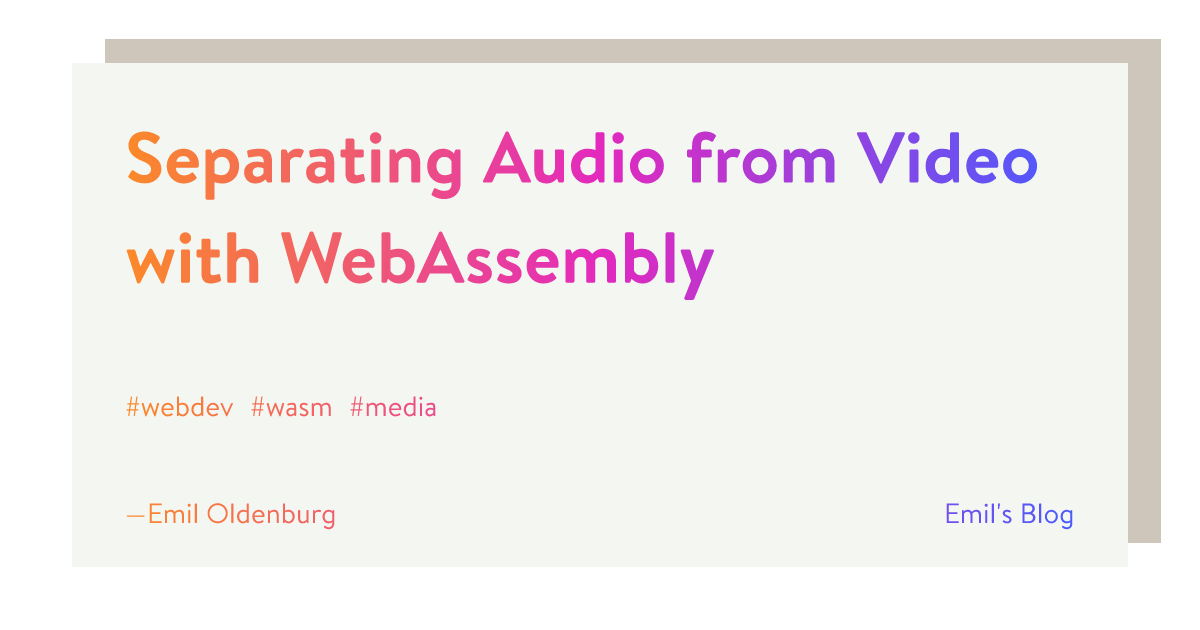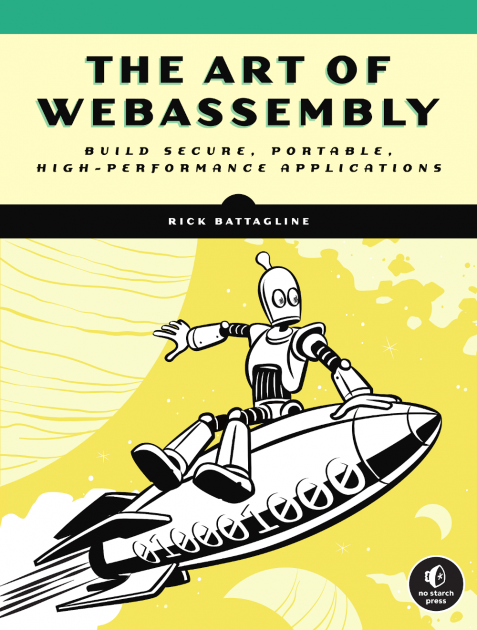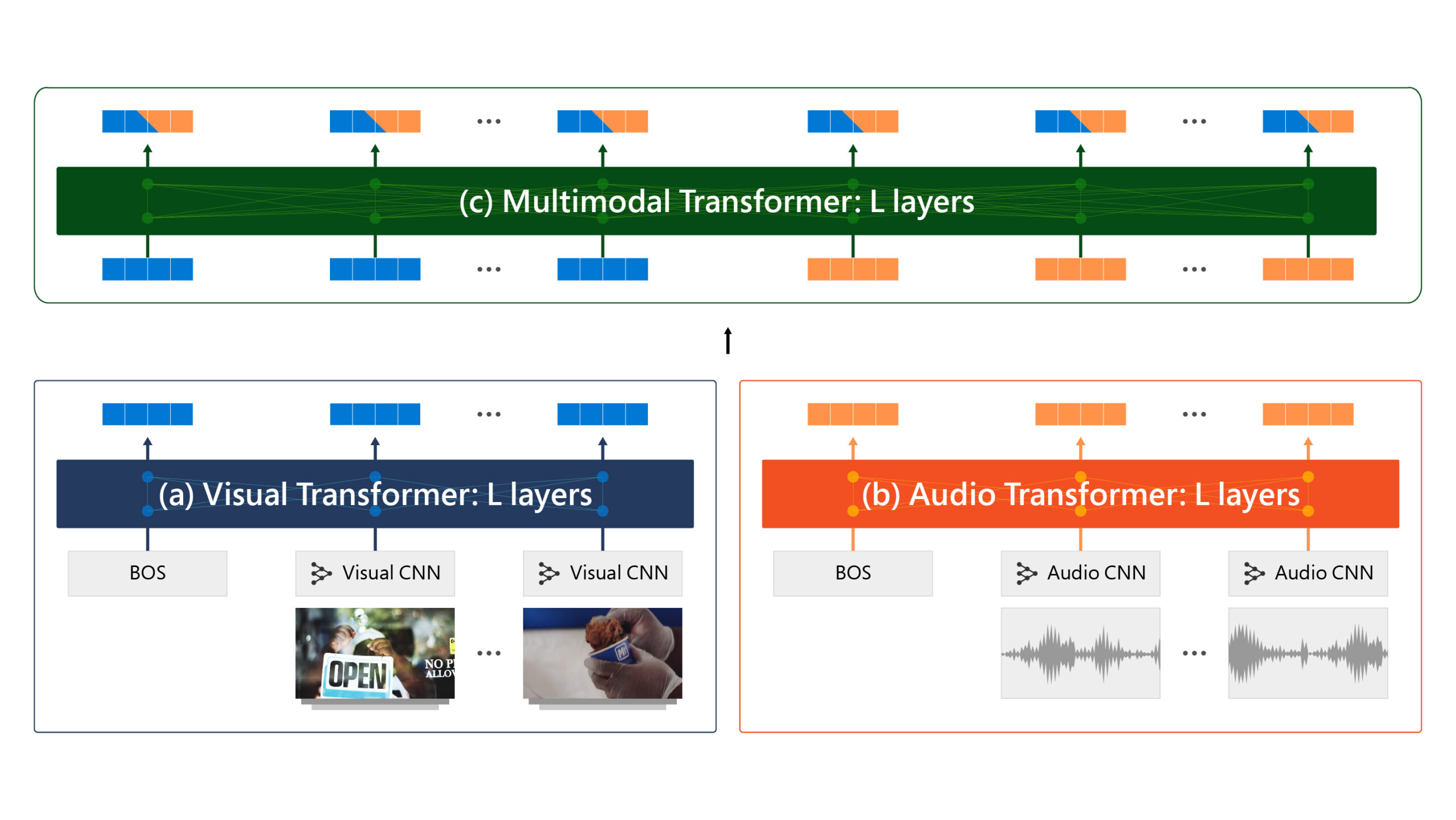
Separating Audio from Video with WebAssembly
A few months ago we were building an audio transcription feature for one of my clients. We found that quite a lot of users wanted to upload video files as well as audio directly from our upload mask. Our transcription tool supported video, so we just allowed the upload of more filetypes. During testing we then received mixed feedback from our users.
I have in the past often thought about the best use-cases for WebAssembly (WASM) and where its performance gains justify the higher implementation complexity. Computationally expensive algorithms as found in 3D, machine learning or games (e.g. chess) usually came to mind; and while I dabbled around with Rust and tried a few fun things, nothing was ever really worth it.
For those who haven’t kept up with WASM, it is a portable binary format that allows an application to run at near-native speed across different platforms. WebAssembly enables high-performance execution of code on web browsers by providing a compact, fast, and efficient binary instruction format that can be executed in the browser’s JavaScript engine.
WebAssembly is designed to be a compilation target for languages like C, C++, and Rust, allowing developers to write code in these languages and compile it into WASM. This binary format can then be loaded and executed by modern web browsers, making it possible to run computationally intensive applications directly in the browser without the need for plugins or external software.



















